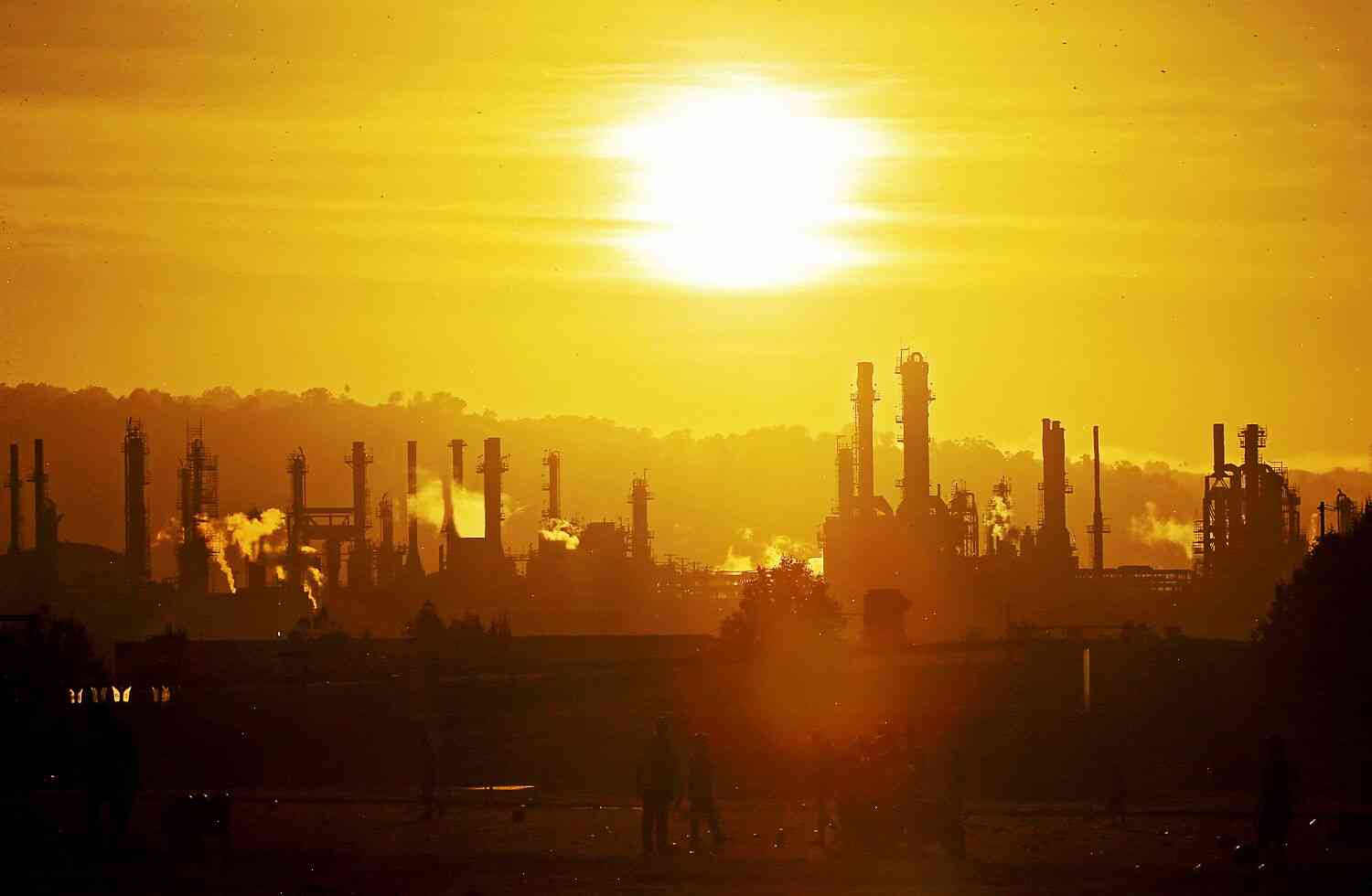California repeatedly warned about spiking gas prices, fragile supply. But fixes never came.
The only thing that California could do was sell its own production. California has done so with record vigor. It has been selling its production, and buying it back, ever since the deregulation of the wholesale electricity market in 1998.
No other state has been able to maintain this strategy, either. California is one of the largest consumers of electricity in the country, which makes it one of the largest emitters of carbon dioxide, a contributor to global warming and the cause of a number of other ills, including the fires that swept through Northern California recently.
In 2010, the state government began investing heavily in renewable energy, committing more than $400 million for energy-storage systems and $1 billion for grid modernization. California’s power grid is a model of what can be done, even in an era of cheap renewable energy.
These decisions are not only politically unsustainable, but also costly. In order to achieve California’s stated greenhouse gas emissions goals in 2020, the state would have to invest $60 billion in renewable energy by then. And, as if that were not enough, California is also one of the few states in the nation that has not adopted a carbon tax.
This is a tough position for a state that already has some of the nation’s highest electricity prices and is struggling to find ways to afford its new green energy programs.
California’s electricity industry has become accustomed to a near-constant string of electricity surplus, as the state’s electrical grid and storage systems were designed to handle the steady, reliable power supplied by the dams built by the Hoover Dam (1929), the Grand Coulee Dam (1891), and the Klamath Hydroelectric Project (1940).
Once, in the wake of the 1973 energy crisis, this system was able to provide power for 20 hours in January, and 12 hours in June.
But as a result of the state’s climate change activism, the electricity crisis that California faced nearly a century ago is not only looming larger, but more unpredictable.
There are now more than 300 dams, generating stations, solar arrays, and power plants on the California electrical grid. A recent report by the nonpartisan

